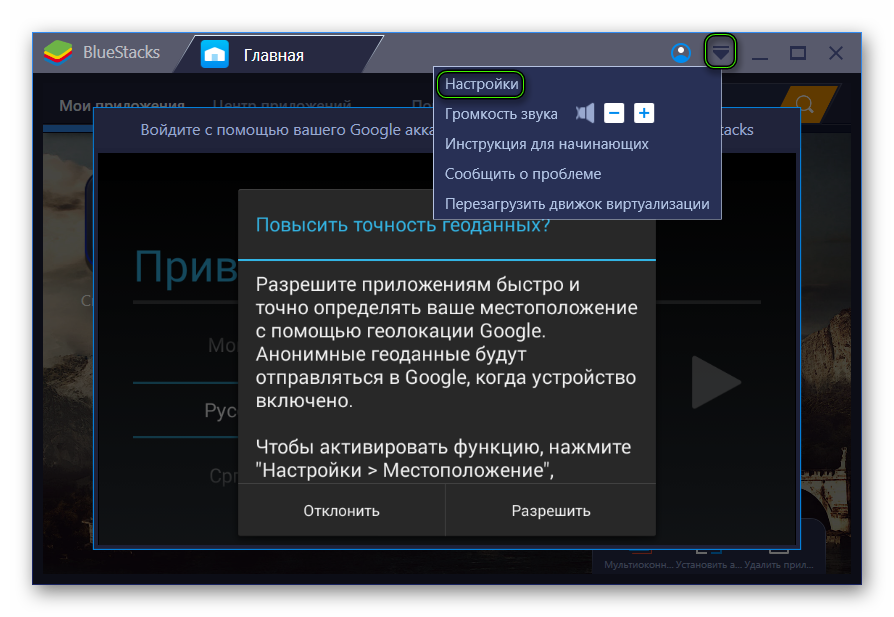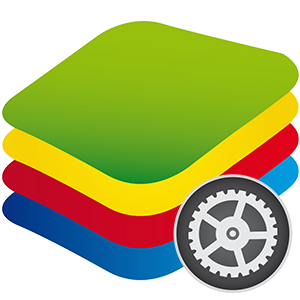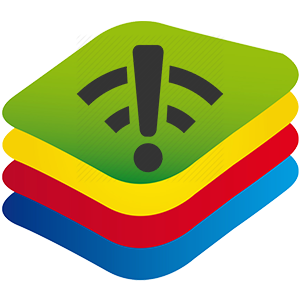For users, an important criterion for the quality of the application is the speed of the system and performance. Unfortunately, or fortunately, the potential for optimizing ongoing processes depends only on the developers. Today we will talk about how to speed up BlueStacks, in the process of narrating we will also talk about the causes of slowdown and methods for solving the problem. BlueStacks has always been famous for its high performance when working with gaming applications. The public also highlights the following advantages of the system:
- Intuitive user interface;
- Multilingual platform;
- Synchronization with most popular programs.

Causes of poor performance
There are several factors that affect the quality of the interaction between the system and the user. Among others, the following stand out:
- Platform mismatch minimum technical requirements of the emulator.
- Running too “heavy” programs that use all available system resources.
- Natural causes caused by imperfections in the emulation environment.
Solution
If BlueStacks continues to slow down, there are only four ways to improve the situation:
- desktop update, switch to better hardware;
- change emulator settings;

- Physically increase the amount of fast RAM;
- To avoid startup is too necessary
Summarize
Optimizing the BlueStacks emulator is a responsible undertaking that requires the user to have basic knowledge of a PC . The procedure itself does not take much time, is accessible to everyone.







